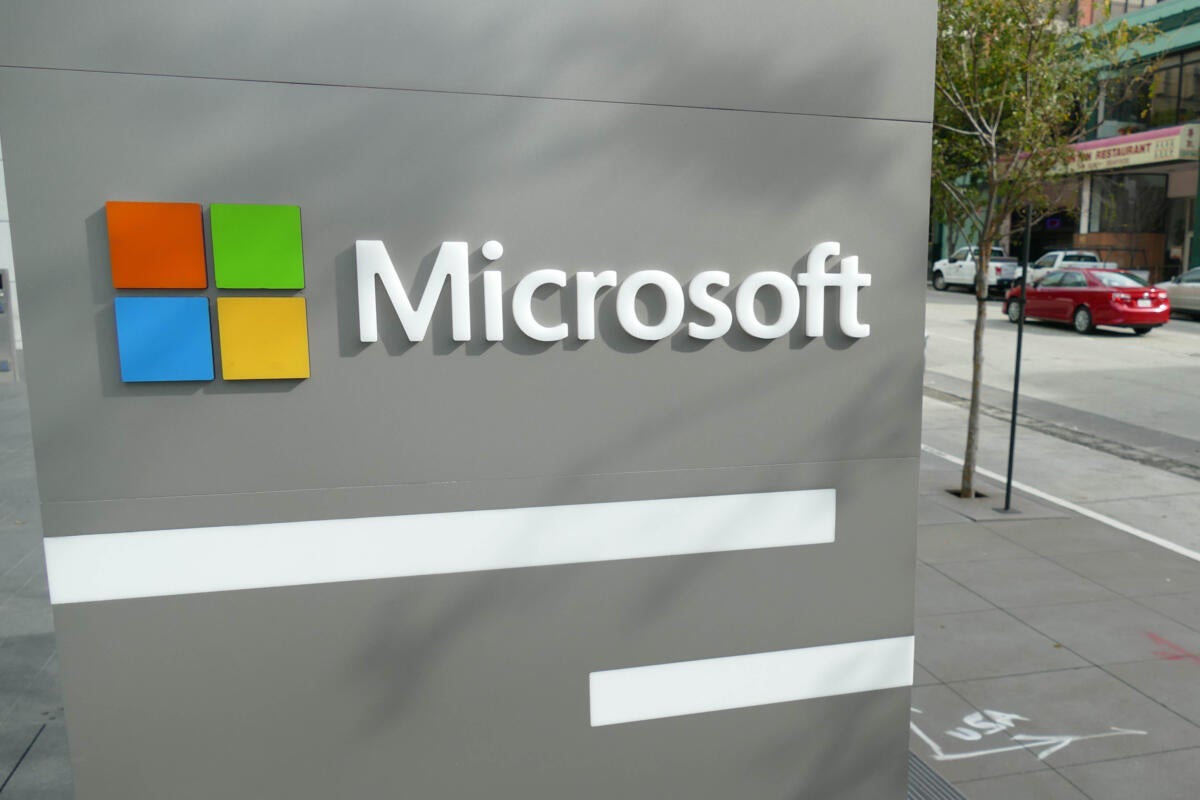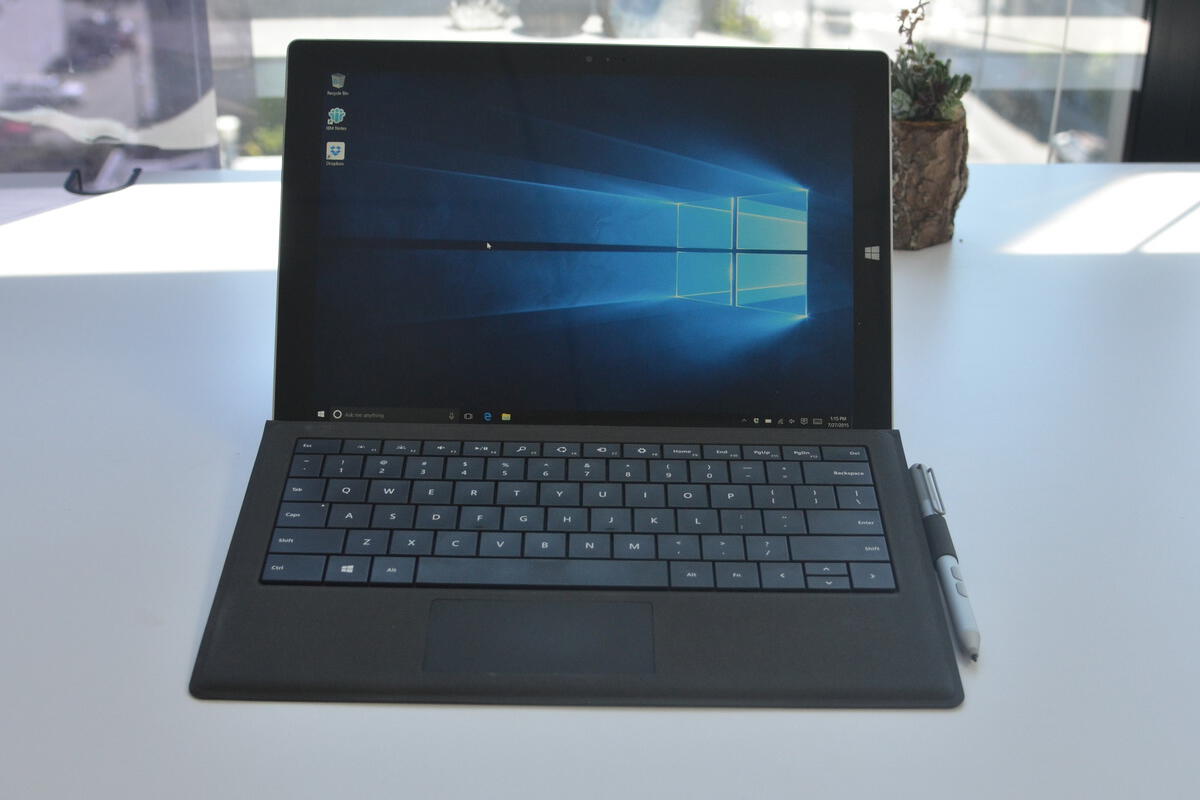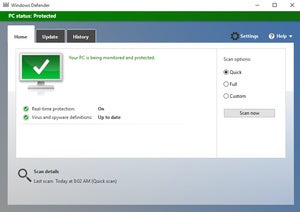Ransomware: a declining nuisance or an evolving menace?
Credit to Author: msft-mmpc| Date: Tue, 14 Feb 2017 21:56:15 +0000
The volume of ransomware encounters is on a downward trend. Are we seeing the beginning of the end of this vicious threat? Unfortunately, a look at the attack vectors, the number of unique families released into the wild, and the improvements in malware code reveals otherwise. Ransomware was arguably the biggest security story of 2016….
Read More



